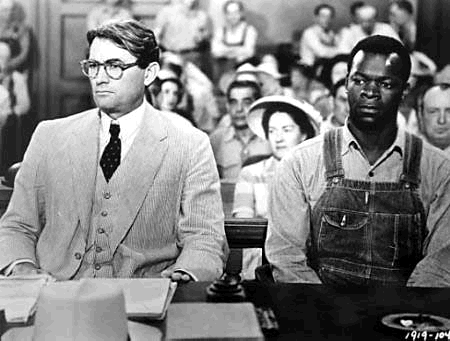.
Posted on April 12, 2012.

To say of the young Trayvon Martin, killed by a “vigilante” in Florida, that “if I had a son, he’d look like Trayvon” was on Obama’s part an act of solidarity by a father and commander in chief. But when it comes to confronting the strident racism in America, decades after the official abolition of segregation, not only never disappeared but buried deep under the skin, we need symbols more than sensational slogans.
And so the first black president of the U.S., aware of the “heavy baggage” that the African-American population still carries, especially in the South, uses the 50-year anniversary of its cinematic release to present the Hollywood masterpiece, “To Kill a Mockingbird,” to demonstrate the troubling current state of affairs. Gregory Peck is the shy lawyer in Alabama during the Depression years, who defends a colored man unjustly accused of having raped a white woman. The case in Florida, half a century later, again brings this prejudice to light, and the death sentence of a young man who was in fact executed for his appearance: Trayvon wore a sweatshirt with a hood, very common among even young white men of his age, but the color of his skin made him an immediate suspect and a danger to be eliminated.
America has never resolved the problem of racial integration. In many American states the message of equality has still not been absorbed. Even though an enormous monument to Martin Luther King has just been opened.
Winning the Oscar for his role, Gregory Peck gave “To Kill a Mockingbird” a place in the history of cinema. Seeing it now as a mirror of the country after the Florida tragedy, America discovers that the darkness still exists. In the private cinema of the White House, Barack invited the students of a Washington school along with Veronique Peck, Gregory’s 96-year-old widow and Mary Badham Wilt, the actress who played Scout, the daughter of Atticus Finch. Diverse generations of witnesses to a lingering problem.

The US is always too busy “healing” to actually treat the wound first.